10 threatened U.S. coastlines
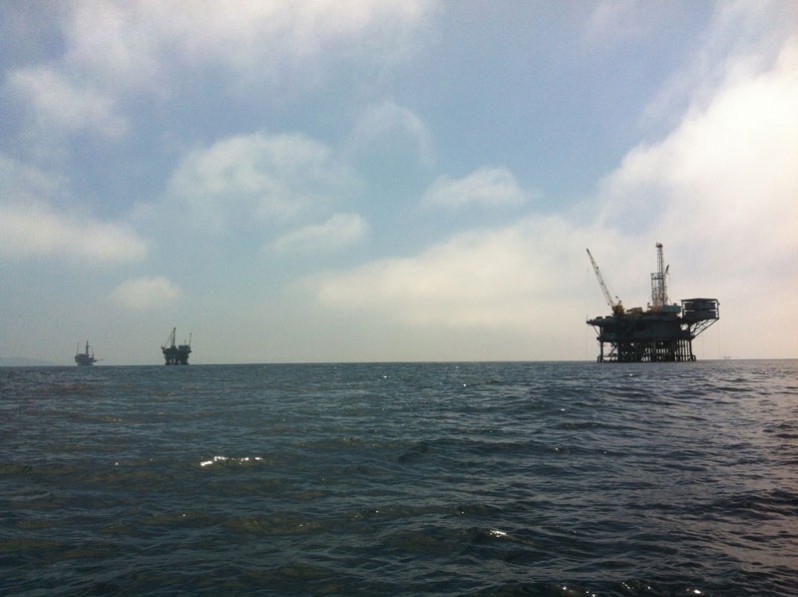
America’s 95,000 miles of coastlines are among the most scenic on the planet, from sandy white beaches to lush marshes to rocky cliffs. And yet, our coasts remain threatened. Coastal habitats can be destroyed by development, overfishing, pollution and even the dredging of sea canals.
Can Deepwater Aquaculture Avoid the Pitfalls of Coastal Fish Farms?

Near-shore fish farms have created a host of environmental problems. Now, U.S. aquaculture advocates – backed by mainstream conservation groups – are saying that locating well-run operations out in the ocean could produce sustainable food and protect wild stocks from overfishing.
The EPA made a surprise move that could protect the world’s largest salmon fishery

In a surprise reversal, the EPA announced it is withdrawing its plan to suspend environmental protections for the Bristol Bay watershed in Alaska, that is home to the world’s most valuable wild salmon fishery.
Seabed mining could destroy ecosystems
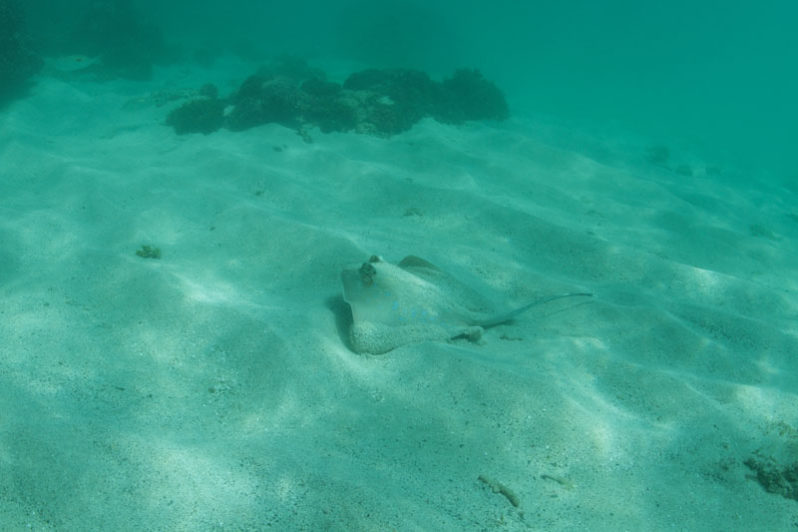
Mining on the ocean floor could do irreversible damage to deep-sea ecosystems, says a new study of seabed mining proposals around the world. The deep sea (depths below 200m) covers about half of the Earth’s surface and is home to a vast range of species.
More Than 1,000 Starfish Wash up on South Carolina Beaches

“Mass starfish strandings” are more common than we think.
Ocean Acidification Changing Mussel Shell Structure

For thousands of years, California mussel shells have been made up of long, cylindrical calcite crystals organized in neat, vertical rows. But scientists have found that as ocean acidification has accelerated over the past 15 years, these shells have undergone dramatic structural changes, being built out of unorganized, uneven minerals instead.
Trump plan to shrink ocean monuments threatens vital ecosystems, experts warn
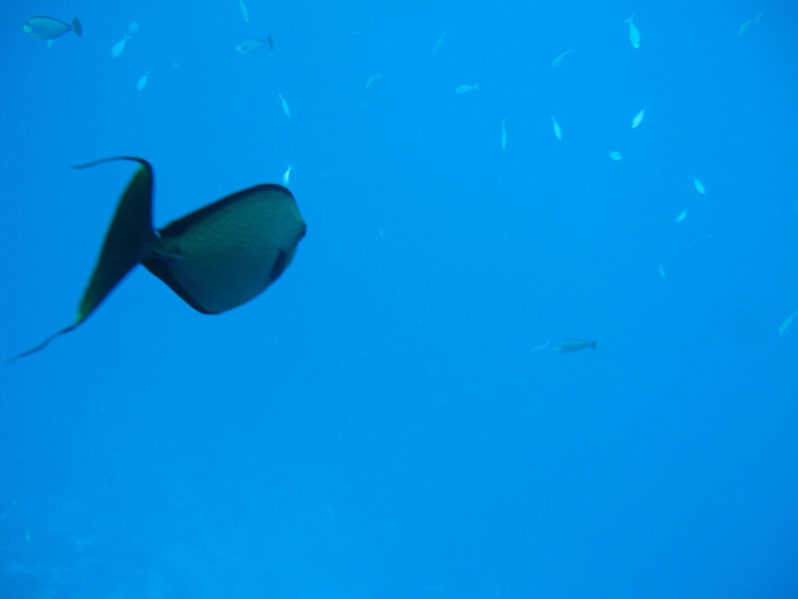
The Trump administration’s plan to shrink four land-based national monuments has provoked howls of anguish from environmental groups, Native American tribes and some businesses.
The UN Starts a Conservation Treaty for the High Seas
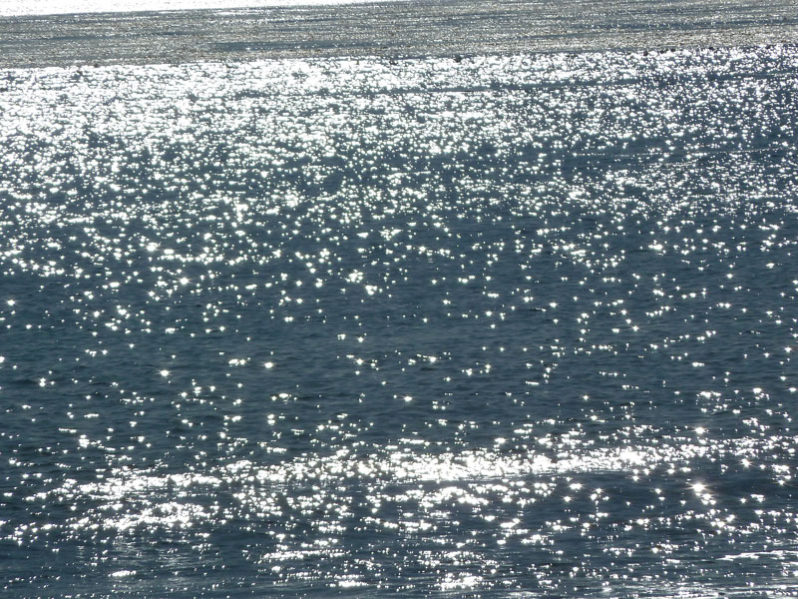
The nations of the world have launched a historic two-year process to create the first-ever international treaty to protect life in the high seas. Covering nearly half of the planet, the high seas are international waters where no country has jurisdiction.
The Caribbean is stressed out
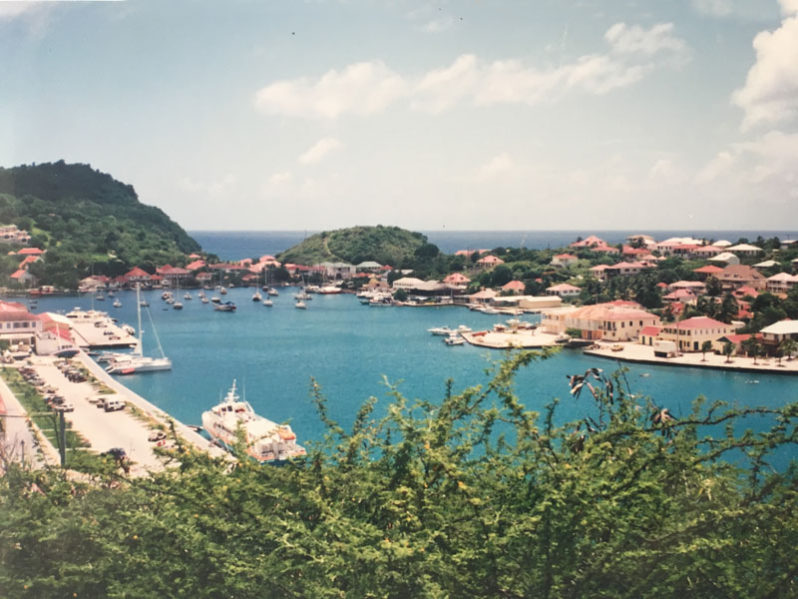
Forty percent of the world’s 2.5 billion people live in coastal cities and towns. A team of marine biologists just released 25 years of data about the health of Caribbean coasts.
